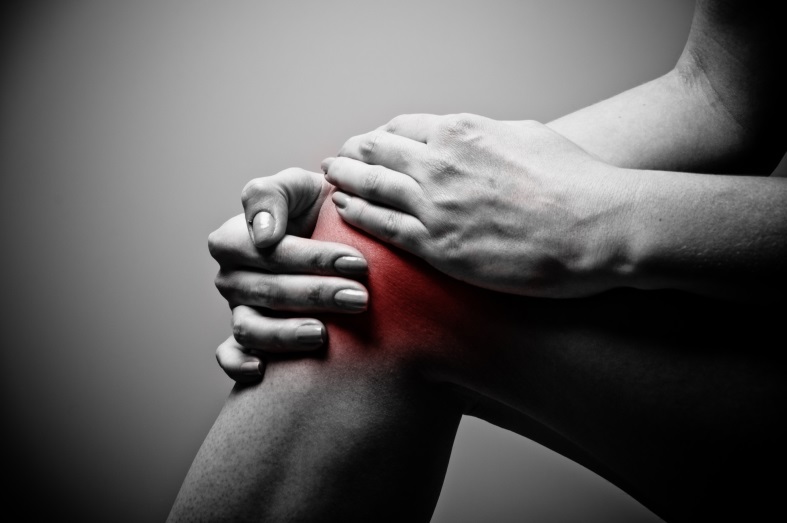Physical Therapy in Arizona: A Proven Approach to Managing Osteoarthritis
Osteoarthritis (OA) is the most common form of arthritis, affecting more than 32 million adults in the United States. Often called “wear and tear arthritis” or degenerative joint disease (DJD), osteoarthritis develops when cartilage in the joints breaks down and underlying bone begins to change. While OA is progressive and cannot be reversed, effective management—especially through physical therapy in Arizona—can greatly reduce pain and improve quality of life.
Common Symptoms of Osteoarthritis
Osteoarthritis can affect any joint, but it most commonly impacts the knees, hips, and hands. Individuals with OA often experience:
-
Achy, chronic joint pain
-
Joint stiffness and swelling
-
Decreased range of motion
-
Limited ability to perform daily tasks or favorite activities
If left unmanaged, osteoarthritis can significantly reduce independence and quality of life.
How Physical Therapy Helps Manage Osteoarthritis
Physical therapy is a proven, non-surgical treatment option for osteoarthritis. In fact, the right combination of movement, strengthening, and education can relieve pain as effectively as medication—without the negative side effects. At AzOPT, we offer personalized treatment plans for osteoarthritis in Buckeye, Goodyear, Glendale, Gilbert and Prescott, created by licensed physical therapists based on each patient’s goals, symptoms, and lifestyle.
Benefits of Physical Therapy for OA:
-
Pain reduction through guided exercise and manual techniques
-
Improved joint mobility and flexibility
-
Strengthening of surrounding muscles to support joints
-
Education and activity modification to prevent flare-ups
-
Better outcomes if joint replacement surgery is eventually needed
What to Expect During Osteoarthritis Treatment at AzOPT
When you schedule an evaluation at one of our Arizona physical therapy clinics, your physical therapist will conduct a comprehensive assessment and create a personalized plan of care. Your treatment may include:
-
Manual therapy (joint and soft tissue mobilization)
-
Therapeutic exercise to stretch and strengthen
-
Pain management modalities, such as dry needling or myofascial cupping
-
Education on posture, movement, and daily activity modifications
-
Ongoing progress assessments to ensure continual improvement
We understand that each person experiences osteoarthritis differently. That’s why our licensed physical therapists tailor each program to meet your individual needs—whether you’re managing early-stage OA or preparing for a joint replacement.
Trusted Physical Therapy Clinics in Arizona
AzOPT provides expert osteoarthritis physical therapy in Buckeye, Goodyear, Glendale, and Gilbert. Our compassionate and experienced team is dedicated to helping you stay active, independent, and pain-free.
Whether you’re just starting to notice symptoms or are looking for long-term relief, physical therapy can help you move better and live better.
Get Started Today
Don’t let osteoarthritis limit your life. If you’re ready to reduce pain and regain your independence, contact AzOPT to schedule an evaluation at one of our convenient Arizona locations.







